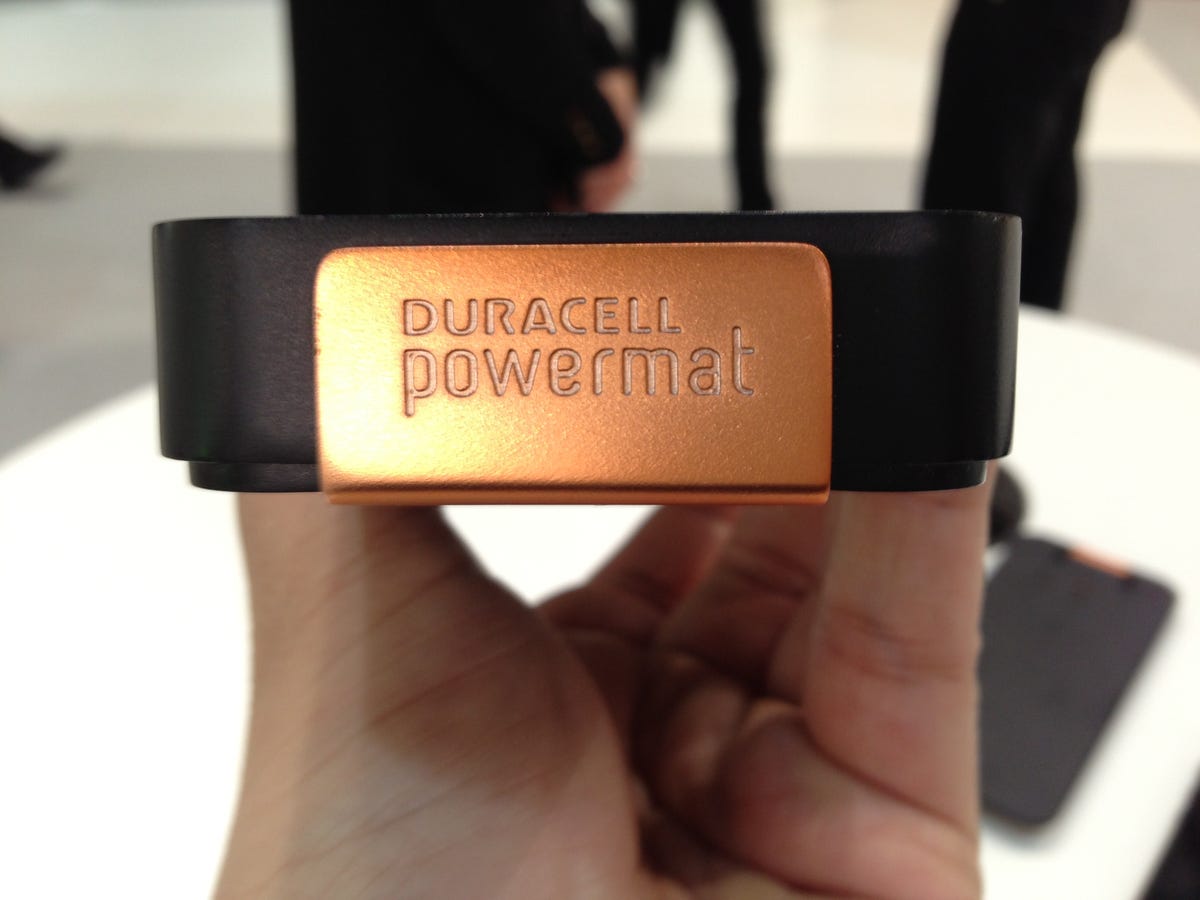Qualcomm hopes to bring some sanity to the fragmented world of wireless charging, one in which disputes over standards have left consumers without the ability to easily charge their phones without any cables.
Such has been the dilemma with wireless charging, which is split between three camps:
- The Power Matters Alliance (PMA), which has got its wireless charging pads in select Starbucks, McDonald’s, and venues such as Madison Square Garden. Powermat and Proctor & Gamble back the standard.
- The Wireless Power Consortium (WPC), which uses another standard called Qi that is commonly found in smartphones.
- The Alliance for Wireless Power (A4WP), which is working on a different technology called resonance, which promises more capabilities, but is still in the early stages of development.
In the last few weeks, Qualcomm, which is a founding member of the A4WP, opted to also sign up with the PMA and WPC, making the company a quasi-Switzerland in the wireless charging wars.
So far, the three camps have all employed technology that isn’t compatible (although the PMA and WPC both employ the same kind of technology, called inductive charging). Qualcomm believes that everyone will eventually move to resonance charging, and decided to work with the different groups rather than let even more fractured standards develop.
Related stories
- Meta’s Future Quest VR Headsets Will Use Custom Qualcomm Chips for Years
- Apple AR, VR Headset Expectations: When Will It Show Up?
- Biden Set to Sign Law to Pump $53 Billion Into US Chip Manufacturing
- Your Next Smartwatch May Have 90 Hours of Battery Life and Maybe a Camera Too
“We’re going to help drive the industry to drive toward an A4WP specification,” said Mark Hunsicker, senior director of product management for Qualcomm. “We felt it was in the best interest of the A4WP to join these other forums to help harmonize a single spec across multiple entities.”
So what’s the advantage of resonance over inductive? With inductive, you can only charge one device, and it has to be placed in a specific position for the wireless charging to work. Resonance charging can allow for multiple devices on a single pad, allows other foreign objects (even metal) to rest in the same area, and even charges if there’s an object
between it and the pad (like a magazine).


Roger Cheng/CNET
Qualcomm and Samsung, the world’s largest wireless chipmaker and smartphone maker, respectively, have long championed resonance through the A4WP.
So unsurprisingly, Qualcomm sees its technology as the one to unite the industry, and hopes to do it from the inside.
“Wireless power is a fragmented market today and needs to be harmonized,” Hunsicker said. “Until that happens, this market will not grow to the possibilities that it can grow to.”
Qualcomm will focus on the use of resonance technology by everyone. He said that the company plans to work strongly with the other groups if they’re serious about resonance. But if they start quibble over the nuances, he said Qualcomm was prepared to leave them behind.
Read more: Wireless charging still has strings attached
“We’ll do everything in our power to make it a reality,” he said.
As for where A4WP wireless charging will go, Hunsicker said he sees a more finalized specification come out in 2014 and potentially products using the technology later that year.
Hunsicker said he’s not unsympathetic to the other two groups and the investment made in phones and infrastructure. He said there would likely be some concessions made to help change out the equipment, but downplayed the issue.
“The number of installations being used is quite small in the general scheme of things,” he said.



